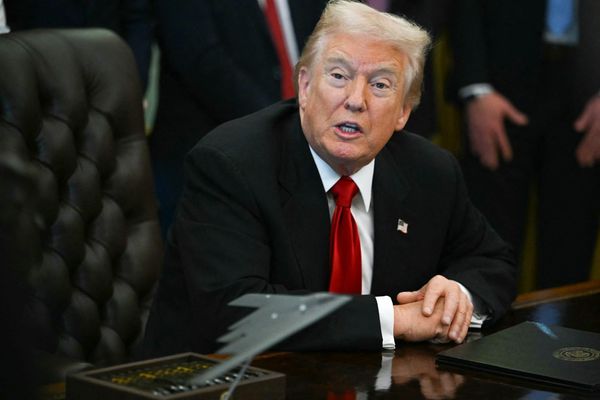
From Serena Williams playing against incarnations of her younger self to millions of personalised messages from a Bollywood superstar to support small businesses in India, artificial intelligence and machine learning is driving a revolution in the global advertising industry.
Mark Read, the chief executive of London-listed WPP, the world’s largest marketing services company, said AI-led advertising practices were helping it win clients hungry to embrace the potential of a new technology.
“It is fundamental to WPP’s business in the future,” said Read, who added that he had tried the Microsoft-backed AI-powered search tool ChatGPT. “I would say that it has helped us win new business. We have been investing in it for a number of years.”
WPP paid an estimated £75m to buy Satalia, a London-based AI tech firm, two years ago as it sought to infuse the burgeoning technology into its creative and media-buying practices.
Recent applications include creating an ad campaign for Nike’s 50th anniversary, called Never Stop Evolving, featuring Williams facing off against versions of herself throughout her career.
In India, machine-learning was used to create a campaign for the Mondelēz-owned Cadbury featuring Shah Rukh Khan, which enabled the development of “millions” of personalised ads using the Bollywood star’s voice to help promote local businesses that struggled during the Covid pandemic.
Read said the company had also embraced generative AI, which creates new content rather than simply analysing existing data, in the same way ChatGPT had done in the chatbot sector.
However, Read is careful to point out that while AI and machine learning may take over tasks handled by employees, and present the possibility of significant cost savings in the future, he does not see its use resulting in swathes of redundancies among its more than 100,000 global employees.
“We see it as a tool in a marketer’s kit, used to make workflows more efficient, rather than as a path to removing humans from the process,” he said. “In fact, we believe it shows how valuable true creative thinking really is.”
While innovative advertising is the most visual application of the potential uses of AI, WPP is also increasingly applying it to its media business, which spends about $60bn globally each year buying ad space for clients.
Examples include using artificial intelligence to better target geographies and demographics for a charity running event for Cancer Research UK. And building a system for Sainsbury’s to optimise online food shopping delivery routes based on the weight of customer orders, which can make a significant difference to profitability.
Read acknowledged that it was in media buying, the profit engine of the global marketing services groups, where AI might prove most valuable for boosting WPP’s profits in the longer term.
“We are using it a lot in the media business,” he said. “It is helping us to improve the efficiency of our media operations, and the efficiency of the creative production businesses, by automating tasks previously done by people.”







